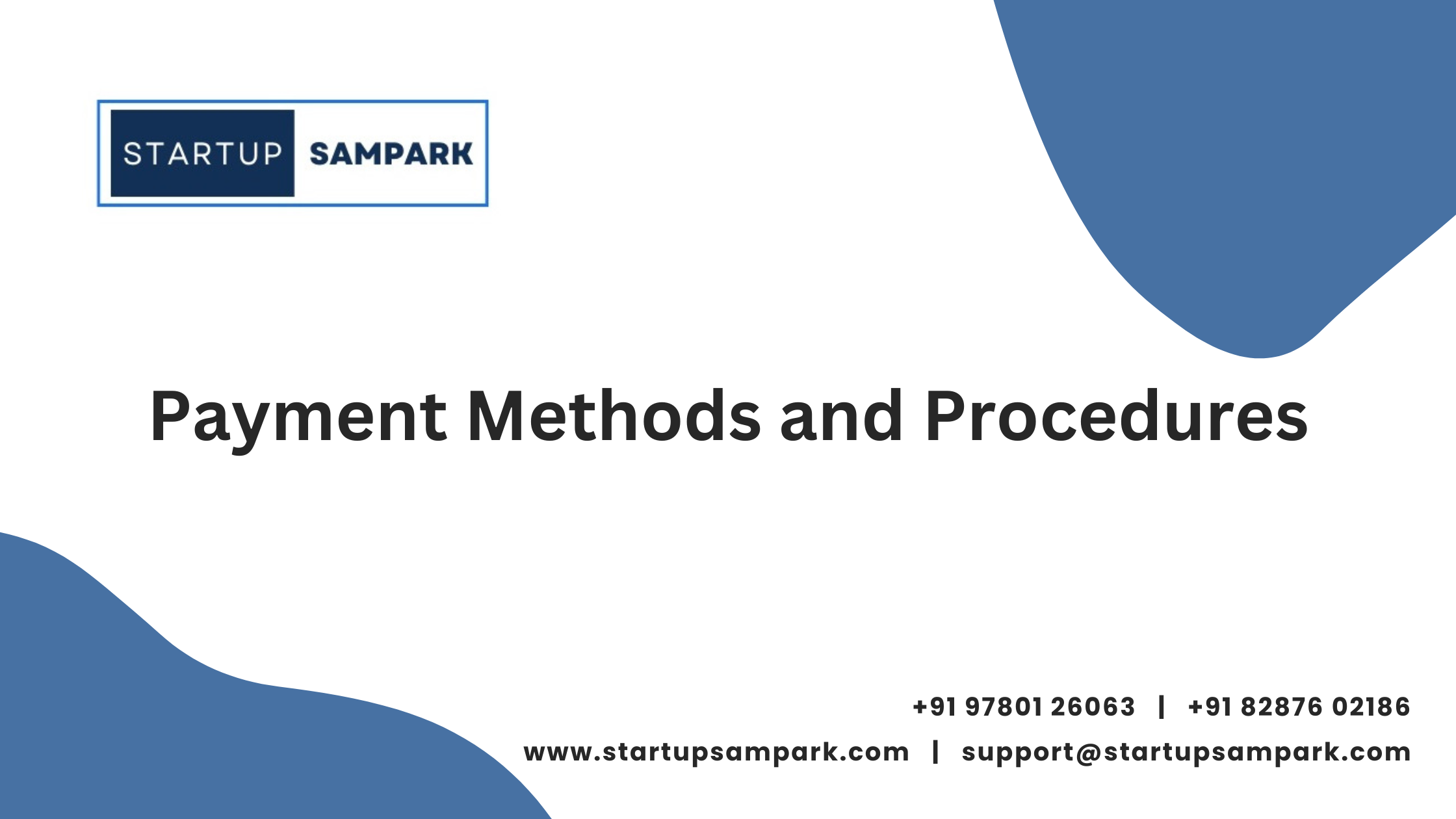Payment Methods and Procedures
The process of trademark registration, opposition, and other related activities involves various payment methods and procedures. Understanding these is crucial for applicants and businesses to ensure a smooth and efficient experience with the Indian Trademark Office. Here’s a detailed overview of the payment methods and procedures involved:
The Indian Trademark Office provides multiple avenues for making payments, catering to both traditional and digital preferences. Applicants can choose between manual (offline) and electronic (online) payment methods, depending on their convenience and the nature of the application.
For manual filing, payments can be made via demand drafts (DDs) or checks, payable to the “Registrar of Trademarks” at the appropriate Trademark Registry office. Cash payments are generally not accepted for trademark-related fees. If the application or opposition is filed manually, the payment must accompany the documents when submitted to the Trademark Registry. It’s important to note that the exact fee amount should be correctly mentioned in the demand draft or check, as discrepancies can lead to delays in processing or rejection of the application.
On the other hand, electronic filing is encouraged by the Indian Trademark Office, offering a more streamlined and efficient process. Payments for online applications can be made using several digital methods. The official online portal of the Indian Trademark Office accepts payments through credit cards, debit cards, net banking, and prepaid accounts. These digital payments are secure and provide immediate confirmation of the transaction, which can be advantageous in ensuring that the application process proceeds without delay.
To initiate an online payment, applicants need to log in to the Indian Trademark Office’s portal, complete the application form, and proceed to the payment section. The portal provides a step-by-step guide to make the payment, where the applicant can choose their preferred payment method. Upon successful payment, an acknowledgment receipt is generated, which should be saved or printed for future reference. This receipt is also sent to the registered email address of the applicant, serving as proof of payment.
For entities making frequent trademark applications or engaging in multiple trademark activities, the Trademark Office offers a prepaid payment account system. This system allows users to maintain a balance in their account, which can be used to pay fees for various trademark-related services. This is particularly useful for law firms, trademark agents, or large corporations that handle a high volume of trademark filings. The prepaid account simplifies the payment process, as users can directly deduct fees from their account without needing to enter payment details each time.
When it comes to specific procedures, such as filing oppositions or responses to oppositions, the payment methods are similar. Whether filing online or manually, the appropriate fees must be paid at the time of submission. In the case of online filing, once the payment is made, the system will generate an electronic acknowledgment, confirming the submission of the opposition or counter-statement along with the payment. For manual submissions, the payment acknowledgment is typically issued by the Trademark Registry at the time of document submission.
For renewals, amendments, or other post-registration procedures, the payment process follows similar steps. Applicants can choose between manual or electronic methods based on their preference. It’s worth noting that online payments generally offer more convenience and speed, with immediate processing and receipt generation.
Refunds are another aspect of the payment procedure to be aware of. The Indian Trademark Office has specific guidelines regarding refunds. Generally, fees once paid are non-refundable. However, in cases of excess payment or duplicate payment, a refund can be requested by submitting a formal request along with proof of the payment and details of the transaction. The refund process may take time, and it’s crucial to ensure that all necessary documentation is provided to avoid delays.
Another important aspect of the payment procedure is ensuring compliance with deadlines. Trademark-related activities, such as renewals or responses to oppositions, have strict deadlines. Missing these deadlines can result in additional fees, such as late payment surcharges, or even loss of trademark rights. Therefore, timely payment and submission of fees are critical.
For businesses that operate internationally or have complex trademark portfolios, it’s essential to keep track of all payments and deadlines related to trademark activities. Many companies use trademark management software or services provided by legal firms to ensure that all payments are made on time, reducing the risk of lapses in trademark protection.
The payment methods and procedures for trademark registration and related activities in India offer flexibility to applicants. Whether opting for manual or electronic filing, it’s essential to ensure that payments are made accurately and within the required timelines. With the increasing adoption of digital payments, online filing has become the preferred method, offering convenience, speed, and immediate acknowledgment of transactions. By understanding the available payment options and following the correct procedures, applicants can ensure a smooth trademark registration process and maintain their brand protection effectively.
trademark
-
 MSME Registration₹1,180.00
MSME Registration₹1,180.00 -
 GST Registration₹2,360.00
GST Registration₹2,360.00 -
 Trademark Registration₹7,450.00
Trademark Registration₹7,450.00

















Post Comment